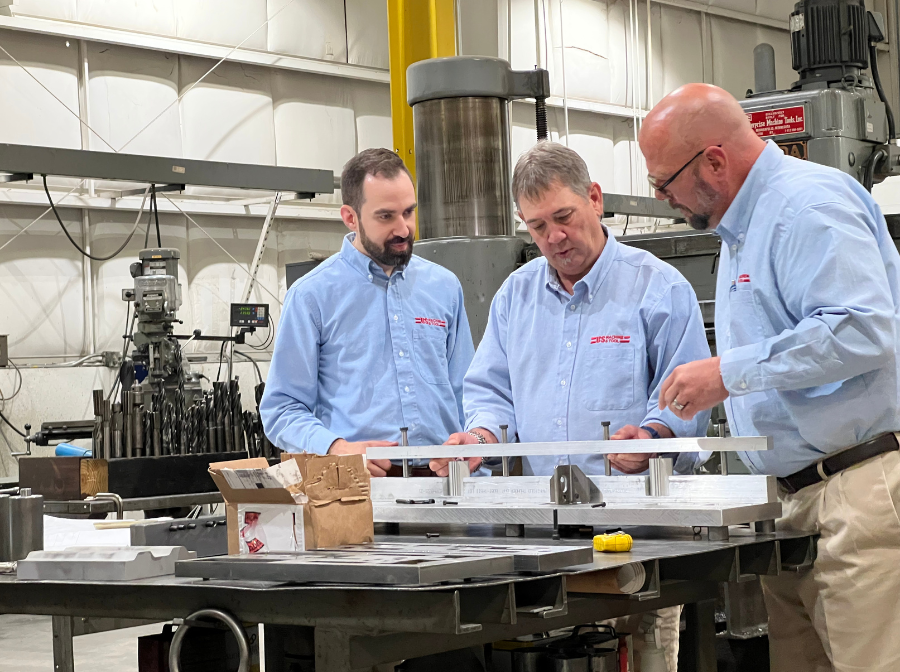Posted on March 6, 2024
Mastering the Craft: The Ultimate Guide to Precision Machining Techniques

Mastering precision machining techniques is essential for creating high-quality, accurate parts and components in various industries such as aerospace, automotive, medical, and more. Precision machining involves the use of advanced tools and equipment to cut and shape materials with incredible accuracy and precision. In this ultimate guide, we will explore the key techniques and best practices for mastering the craft of precision machining.
One of the fundamental techniques in precision machining is turning, which involves rotating a workpiece on a lathe while a cutting tool removes material to create cylindrical shapes. Turning is used to create components such as shafts, pins, and bushings with tight tolerances and smooth surface finishes. By controlling the speed, feed rate, and depth of cut, machinists can achieve precise dimensions and geometries on turned parts.
Milling is another critical technique in precision machining, where a rotary cutting tool removes material from a workpiece to create complex shapes and features. Milling machines come in various types, including vertical mills, horizontal mills, and CNC mills, each offering unique advantages for different machining tasks. By using the appropriate cutting tools and toolpaths, machinists can achieve high precision and accuracy in milling operations.
Grinding is a precision machining technique that uses abrasive wheels to remove material from a workpiece, producing fine finishes and tight tolerances. Surface grinding, cylindrical grinding, and centerless grinding are common grinding processes used to achieve precise dimensions and surface finishes on parts. Machinists must pay close attention to the grinding parameters and wheel selection to ensure consistent results in grinding operations.
Drilling and tapping are essential machining operations for creating holes and threads in workpieces. Drilling uses rotating cutting tools to create holes of various sizes and depths, while tapping uses threading tools to create internal or external threads in the holes. Machinists must accurately position the holes and control the feed rate to achieve precise hole diameters and thread pitches in drilling and tapping processes.
Wire EDM (Electrical Discharge Machining) is a specialized precision machining technique that uses electrical discharges to cut intricate shapes and profiles in conductive materials. Wire EDM is commonly used for cutting complex contours, sharp corners, and delicate features that are challenging to machine with traditional cutting tools. Machinists must program the EDM machine with precise toolpaths and settings to achieve accurate and repeatable results in wire EDM operations.
Tooling plays a crucial role in precision machining, as the selection and maintenance of cutting tools have a significant impact on the quality and efficiency of machining operations. Machinists must choose the appropriate tool materials, coatings, and geometries based on the workpiece material, cutting speed, and feed rate to optimize tool performance and tool life. Regular tool inspection, sharpening, and replacement are essential to ensure consistent results in precision machining.
Workholding is another critical aspect of precision machining, as the stability and accuracy of workpiece positioning directly affect the quality of machined parts. Machinists use a variety of work holding devices such as vises, clamps, chucks, and fixtures to secure the workpiece during machining operations. Proper alignment, clamping force, and support are essential for preventing workpiece movement and vibration, which can lead to dimensional inaccuracies and surface defects.
CAD/CAM software is a powerful tool for optimizing precision machining processes by creating virtual models of parts, generating toolpaths, and simulating machining operations. Machinists can use CAD/CAM software to design parts, select cutting tools, and program CNC machines for automated machining. By fine-tuning toolpaths, speeds, and feeds in the software, machinists can minimize cycle times, improve surface finishes, and maximize machining efficiency.
Quality control is a critical aspect of precision machining, as machinists must ensure that machined parts meet the specified tolerances and quality standards. Machinists use precision measuring tools such as micrometers, calipers, and CMM (Coordinate Measuring Machine) to inspect part dimensions, surface finishes, and geometries. By conducting regular quality checks and implementing corrective actions, machinists can identify and correct any deviations from the desired specifications, ensuring the highest level of accuracy and quality in precision machining.
In conclusion, mastering the craft of precision machining requires a combination of advanced techniques, best practices, and attention to detail. By honing their skills in turning, milling, grinding, drilling, EDM, tooling, work holding, CAD/CAM, and quality control, machinists can produce high-quality, accurate parts with consistency and efficiency. With continuous learning and practice, machinists can enhance their machining capabilities and excel in the competitive world of precision manufacturing.
